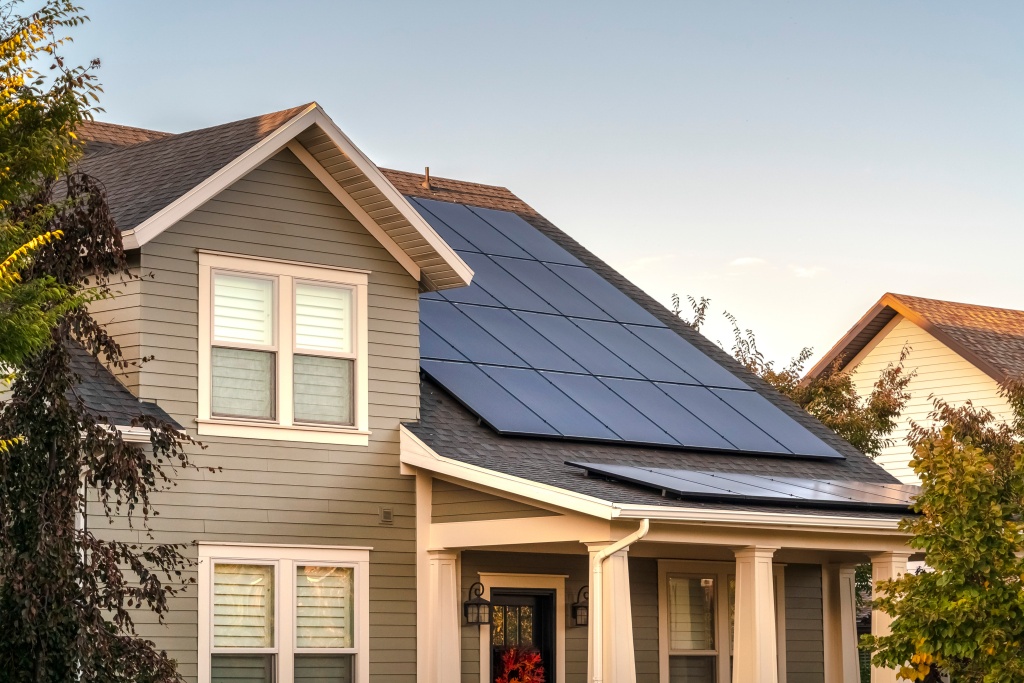We know solar panels are “good for the environment.” We know they turn sunlight into electricity. We know that Elon Musk is a fan. But beyond that, it’s all a bit of a mystery unless you’re an electrician.
Experts say this confusion is about to disappear, thanks to three new trends in the home solar market. Here are three things you should know about solar panels:
Rooftop solar panels will be the standard.
One of the biggest obstacles for solar adoption was the stigma and aesthetic of solar panels. Innovations in solar panel design have come a long way. What used to be blue and silver and stick out like a sore thumb has been replaced with slim, low profile, dark blue/black panels which seamlessly blend into shingle roofs. Let’s save the conversation about Tesla’s solar roof project for another day but the concept is there; shingles can be replaced with photovoltaic elements which mimic traditional roofs.
As for the stigma, I think it’s hard to imagine any Millennial buyer these days objecting to the idea of having solar on their roof. Yes, it’s contributing to alternative energy generation which is great, but more importantly does two things. First, it gets us away from dependence on fossil fuels and two creates some level of energy independence on the global scene. As the cost of all energy increases month after month, both of those prospects make solar a no-brainer.
They’ll get cheaper and better.
Solar power has been growing in popularity for decades, but there was one significant barrier to widespread adoption: cost. Federal Tax rebates have helped thousands of homes add solar to their roofs but those have been tapering off over the years and expire at the end of 2022. Solar panels used to cost as much as $40 per watt. Today, in Minnesota they’re at approximately $2.84 per watt and falling fast. In 2018 alone, over 2 million U.S. households installed rooftop solar panels on their homes—double what it was just four years prior (in 2014).
Increased production from Chinese manufacturers has led the way to lower cost and increased competition with each other for market share, leading many industry experts to predict continued low prices throughout 2022 and beyond. Over time, these low prices could lead to an increasingly ambitious shift from fossil fuels towards renewables like wind or even nuclear power across the country.
Homes will get ‘smarter.’
Our photovoltaic system comes with a smart meter and app to monitor energy usage at our home. The app lets you see how much energy you’re using in near real time and how much it’s costing. And when people are more aware of their household’s energy consumption patterns, they tend to be more likely to change their behavior – meaning that your household might be able to actively lower your energy consumption.

